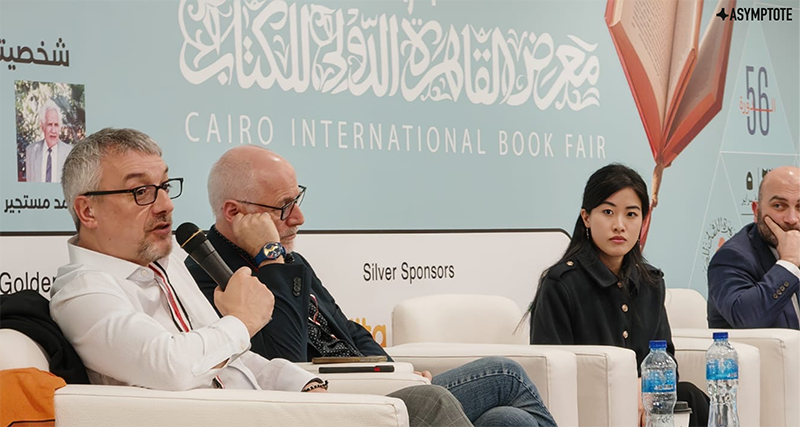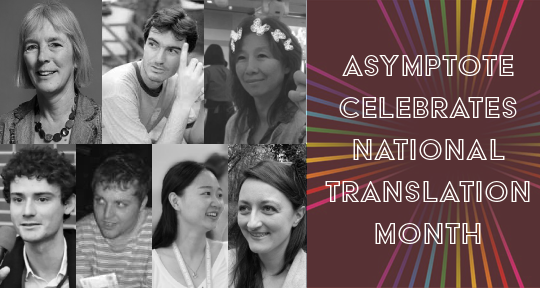Since its inauguration in 1969, The Cairo Book Fair has become a central hub of Middle Eastern publishing and cultural exchange, drawing millions of attendees from dozens of countries to the Egyptian capital each January. This year, the edition’s theme was ‘Read. . . In the beginning was the word’, emphasising the importance of early texts and the evolution of language. Here, Susan Curtis reports from the event and its varied offerings—which includes the announcement of a pivotal title in Egyptology and its first translation into Arabic.
In January of this year, I attended the Cairo Book Fair, one of the biggest fairs in the world and a hub for international exchange and the celebration of Arab literature. The fair exceeded all expectations with over 5.5 million visitors—more than eight hundred thousand attending on the busiest day—marking a record-breaking attendance in the fifty-six years of the fair’s history. This year’s edition took place over a period of twelve full days from 23 January to 5 February, with dedicated event spaces for panels, discounted books, and poetry evenings. Amongst the wide-ranging discussions, one announcement made this year’s event truly stand out: the launch of the first Arabic translation of The Age and Purpose of the Pyramids, as Indicated by Sirius by Mahmoud Bey, an essential text in Egyptology first written in French, then translated into English by Tessa Dickinson in 2023, and finally, in 2025, brought back to Egypt in its first Arabic translation by Youssef El Sherif from Al-Arabi.
I attended the fair as the director of my company, Istros Books, joining the ‘Cairo Calling’ publishers fellowship programme, which, together with a group of thirty-five publishers from a diverse array of countries, offers a unique opportunity for global collaboration. Attendees engage in personalized, one-on-one meetings with publishers from across the Arab world, with the support of a dedicated team of ‘angels’—student volunteers from the Translation & Languages faculty of Badr University, keen to practise their linguistic skills and to promote Egyptian culture. In a city whose infrastructure and customs can sometimes be surprising, challenging but also charming, their devoted duty to our care was both touching and most welcome. The angel initiative is one aspect that makes the Cairo Calling Fellowship programme a unique experience and brings the participants in closer contact with Egyptian society, beyond the usual rights meetings. READ MORE…



